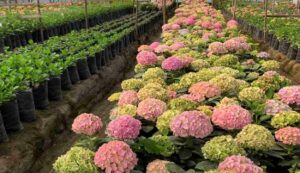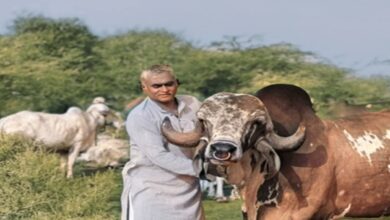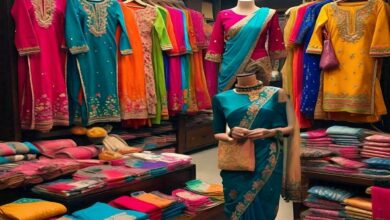Flower Farming: This farmer’s luck shines due to flower farming, earning in lakhs
Flower Farming: In the Sitamarhi area, farmers are abandoning conventional farming to focus on flower production. Let us inform you that contemporary farming has developed into a lucrative industry in the current day. Flower planting has given Nandlal Mahato, a farmer from Bairha village in the district’s Bathnaha block, a new identity and status that he was unable to achieve via rice and wheat farming.

Nandlal Mahato, 55, used to grow crops like potatoes, maize, wheat, and paddy in the old-fashioned way, but he never made much money. After learning more about flower growing, he has been making much more money from it for the last ten years.
The farmer said that he had been considering constructing a home for thirty years. He has been farming for many years, as has his father. However, conventional farming was not profitable, so he was unable to even construct a home. He could barely make ends meet with the money he earned from growing wheat and rice. Aside from this, his strategy was wrecked if he intended to accomplish anything more. However, after learning more about flower cultivation, he began with one acre and progressively expanded to roughly four acres, building dwellings at two locations within five years.
In addition, he is ensuring that his girls and boys get quality education. After finishing school, one son is employed in Begusarai’s electrical office. Growing marigold flowers brings in almost three times as much money as it costs. His revenue has increased to three times that of other crops as a result. According to the farmer, he grows jina and cherry flowers in addition to marigold flowers. In fact, there is a demand for cherry and jina blossoms after December. Excessive cold causes marigold blooms to begin drying up and dropping. He grows cherry and jina blossoms as a result.
Let us inform you that Nandlal Mahato now has two acres dedicated to marigold flower cultivation. Along with weaving, Nandlal personally grows it with the help of his whole family. He then makes garlands and offers them for sale to merchants. In addition to the local market, the Kudi is also taken from here by merchants from nearby Nepal, Patna, Darbhanga, Shivhar, and Muzaffarpur. According to him, Kudi is sold for Rs. 100 during the off-season and Rs. 150 to Rs. 250 during the peak season.





